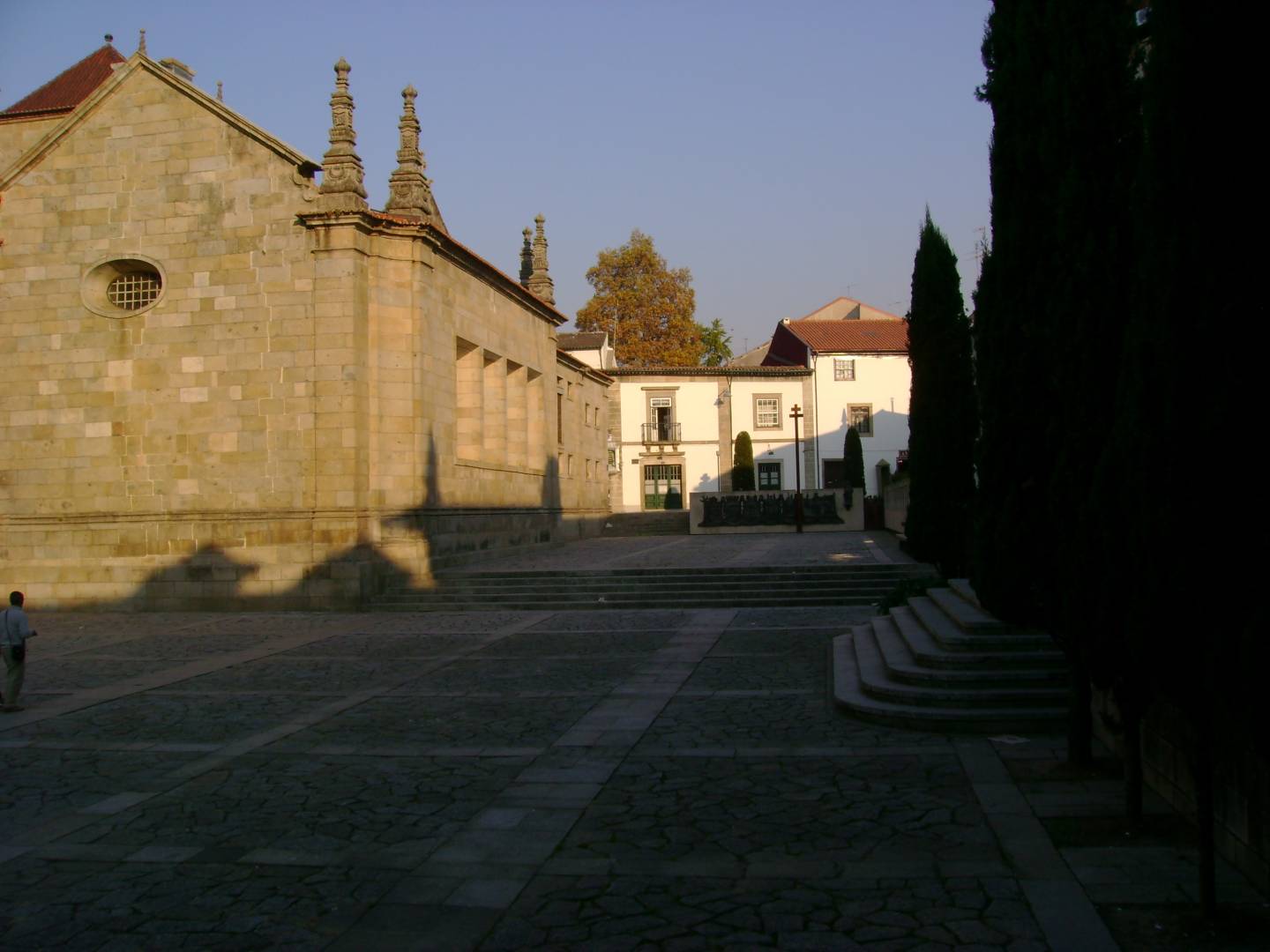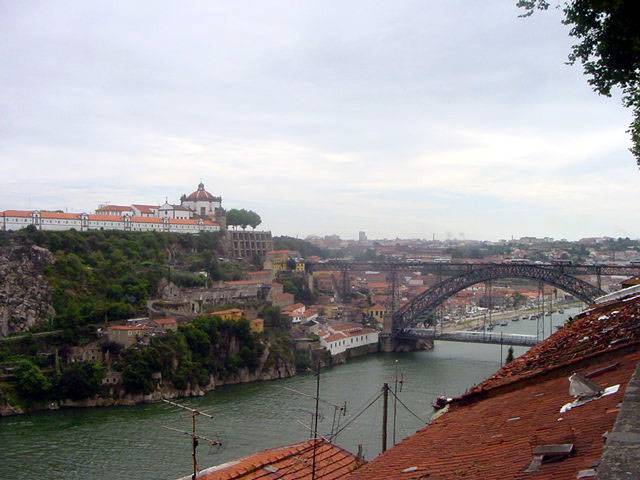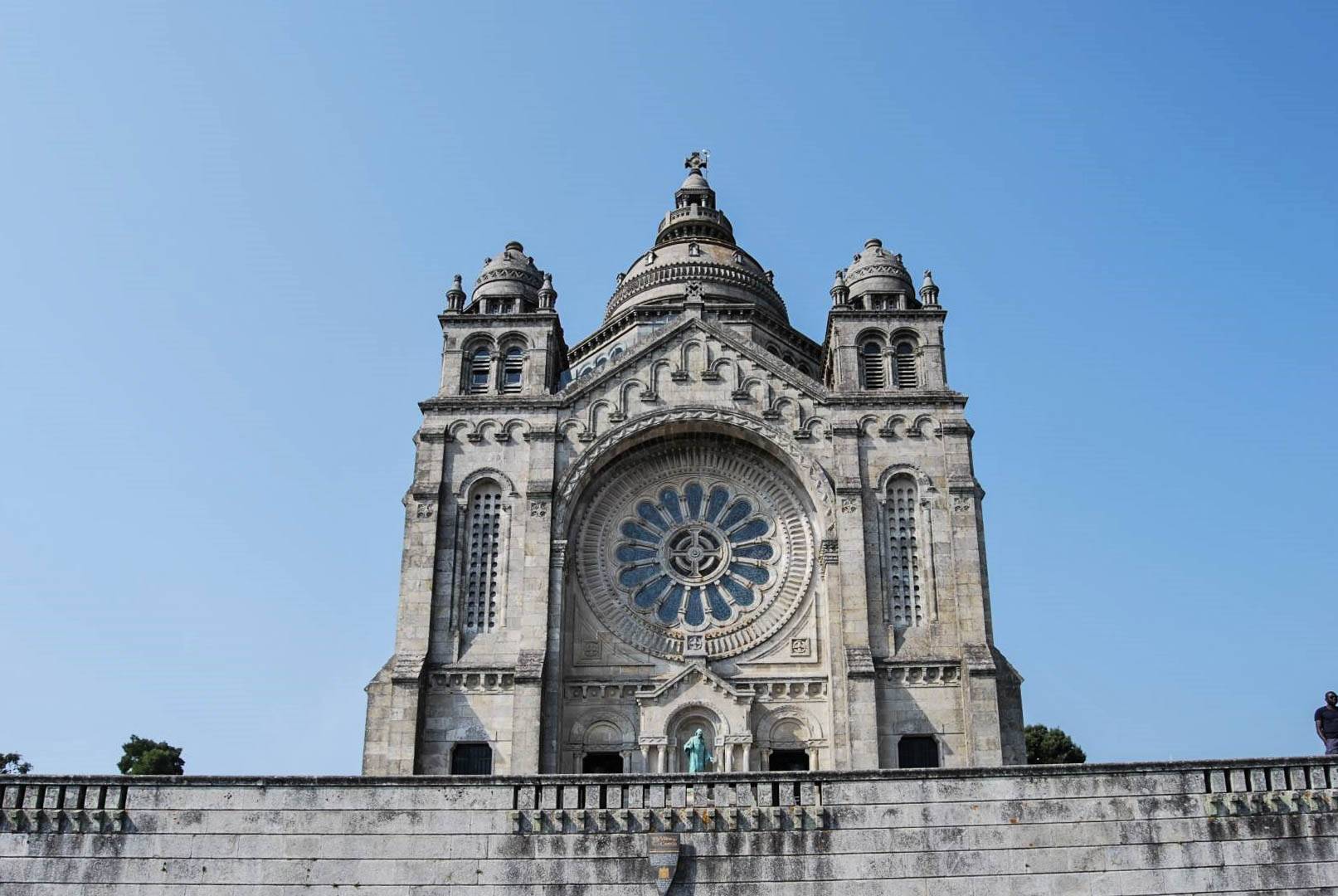The Portuguese Camino de Santiago
Considered a UNESCO World Heritage Site since the early 1990s, the Caminhos de Santiago are among the oldest and most famous routes for pilgrims in Europe. The Camino de Santiago has been trodden since the Medieval Age (more specifically, since the 9th century) and continues to fascinate millions of people today.
Initially, the Caminhos de Santiago were traveled by Catholic faithful in search of indulgence, that is, the full remission of sins committed before God. Centuries later, the many trails that lead to the Cathedral of Santiago de Compostela, in Spain, inspire adventurers of all religions, including atheists.
There are Camino de Santiago routes all over Europe, and Portugal is no exception. All over the country, you can find the symbol of the Caminhos de Santiago — a yellow scallop on a blue background—in places ranging from large urban centers to small rural trails.
In this article, find out everything you need to know about the Portuguese Camino de Santiago.
The History of the Camino de Santiago

Although many historians argue that the Caminhos de Santiago have a pagan origin, the truth is that they were initially conceived as a way of venerating the relics of one of the greatest figures of the Catholic religion: Santiago Maior, one of the twelve apostles of Jesus Christ.
Martyred in the year 44, just 11 years after the death of the Prophet, Santiago Maior is buried in the Cathedral of Santiago de Compostela. A fisherman from Galilee who worked repairing fishing nets, Santiago Maior was one of the first people to hear the teachings of Jesus Christ and to abandon everything to follow Him.
Santiago Maior is present in some of the most important episodes of the Christian Bible, including the moment of the Transfiguration, in which Jesus becomes radiant on top of a mountain, the Agony of Christ, which preceded the Last Supper, or the Prayer in the Garden of Olives. , which preceded the Crucifixion.
After being forgotten for several centuries, the Camino de Santiago became popular again in Europe and abroad after the revival of the trails in the 1980s. as a socio-spiritual experience, which many embark on for personal, sporting or leisure reasons.
How to get to Santiago de Compostela from Portugal?

The Camino de Santiago from Portugal is the second most popular in the world, surpassed only by the Camino de Santiago from France. There are three main routes from Portugal: the Caminho Central, the Caminho da Costa, and the Senda Litoral.
The Central Path
The Central Way begins at a monument almost as historic as the Cathedral of Santiago de Compostela: the Cathedral of Porto, founded in 1110. The route is divided into 10 stages, consisting of approximately 20 kilometres.
Although the Central Way starts in the center of Porto, pilgrims from Santiago start to explore more rural areas from the moment they arrive in Vairão. With stops in Barcelos, Ponte de Lima, and Rubiães, the Central Way also passes through the Spanish towns of Tuí, Mos, Pontevedra, Caldas de Reis, and Padrón.
The Coastal Path
Also starting at the Porto Cathedral and with 10 stages, the Caminho da Costa is an alternative to the Caminho Central that should please pilgrims who like to walk along the water. It is the ideal route to complete in the warmer months of the year.
With the ocean as a compass, the Caminho da Costa passes through Póvoa de Varzim, Marinhas, Viana do Castelo, Caminha, and Valença before reaching Mos, in Spain. From there it is similar to the Central Path.
Coastal Path

Coastal Path
Senda Litoral is the least explored route on the Portuguese Way to Santiago, but it is recommended for all pilgrims who enjoy a walk full of surprises and picturesque villages.
Instead of arriving at Póvoa de Varzim, travelers must first head from Porto to Vila Chã. There are stops at Marinhas, Viana do Castelo, Caminha, Porto de Mougás, Saians, Redondela, Pontevedra, Caldas de Reis, and, finally, Padrón. With 12 stages, Senda Litoral is the longest route on the Portuguese Way to Santiago.
Some advice for inexperienced pilgrims
If you are preparing to do the Camino de Santiago for the first time, it is important to bear in mind that the route can involve substantial physical effort. Take comfortable shoes and clothes, seek the support of more experienced pilgrims, do not try to complete the stages too quickly, and consult your doctor before starting the journey.
The summer period is ideal for walking the Camino de Santiago, but it involves some additional risks. Protect yourself from the sun with a hat and sunscreen, drink plenty of water to avoid dehydration, and don't forget to stop frequently to give your body a rest. Cooling off in the many rivers, lakes, and streams that appear along the route can also be an excellent way to beat the heat.
Recommended

